April second week, CPI lead the market. Interestingly, China and the United States’s comsuption data continued to diverge.
US & China Inflation Rate
Although the contribution of falling energy prices led to the lowest increase in US CPI since May 2021, core inflation remained strong with a month-on-month acceleration of +0.4%. Meanwhile, China's CPI has declined for two consecutive months and domestic demand recovery still needs time.
In March, US CPI increased by +5.0% year-on-year, lower than market expectations of +5.1%, and increased by +0.1% month-on-month, lower than market expectations of +0.2%. The year-on-year increase in core CPI accelerated from 5.5% in February to 5.6%, with a monthly increase of 0.4%. In addition, unexpected year-on-year PPI growth was only at 2.8%, which is far below market expectations as an indicator that inflation continues to decline.
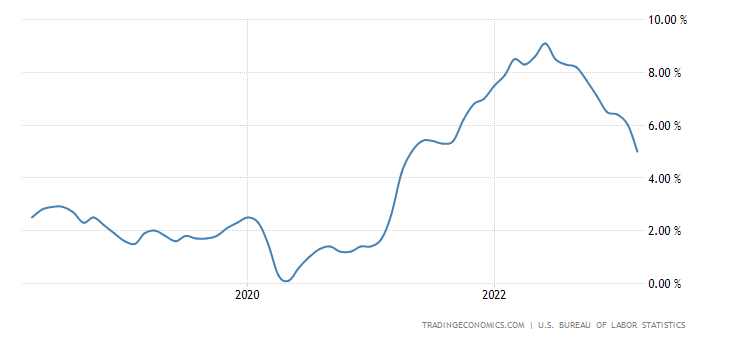
China's March CPI rose by only 0.7% year on year, down by 0.3 percentage points from last month; however food prices fell by only 1.4%, narrowing down compared to last month’s decrease rate while excluding food and energy prices resulted in a rise of core CPI up to +0 .7%. Travel demand continued its recovery with hotel accommodation and airfare rising respectively at 3.5 %and 2.9 %. Car companies reduced their prices for promotion purposes resulting in fuel-efficient car price drops at -1.9 %. Among non-food items: service prices rose by +0 .8 % while industrial consumer goods' price dropped from last month’s rise rate at -0.8%.
OverallUS economic data shows more information about cooling inflation trends in March,which may maintain rapid downward trend;while China's March CPI remains low level indicating that recovery is still on its way.
Comparison between Chinese and American CPI in March
1. The decline in energy prices led to a drop in related production and service indices. Last year, the same period was a time when energy prices were skyrocketing, and the high base also made the year-on-year value fall more obvious, which also drove down related transportation services.
2. Food helped boost US CPI but constrained China's CPI with strong seasonal factors. In March, food prices fell by 1.4% month-on-month due to increased supply of spring vegetables and reduced holiday effects; while US food prices have maintained an increase rate of over 8% for several months continuously with less seasonal impact affected by pricing on the supply side as well as hourly wage growth rates.
3. The differentiation in rental housing market. Housing contributes significantly to core CPI in the United States, with a year-on-year growth rate continuing at over 8%, indicating that there is still lagging behind; while China's rental housing rent has fallen by 5% year on year,becoming one of the factors dragging down CPI because demand has not yet fully recovered.
Feedback from Secondary Market
From the perspective of market performance and capital flow last week: S&P500 index rose by +0 .79 % , with funds flowing into $6 .5 billion;at the same time,Shanghai-Shenzhen 400 Index fell by -0 .76 % ,with active foreign investment turning outflowed at -$54 million,passive fund inflow reached $96 million resulting overall net inflow at $41 million;Hang Seng Index rose by +0 .53%,while Hang Seng Technology Index dropped sharply at -1 .74%. Active capital outflows from Hong Kong stocks amounted to -$112 million while passive capital inflows reached $248 million resulting overseas funds' net inflows reaching $137million。
The secondary market feedback towards Chinese stock markets is relatively negative. However,we do not believe that the slowdown in China's CPI year-on-year growth rate means "entering a deflationary cycle" or "stopping recovery". The high US CPI has led to market expectations of one interest rate hike by the Federal Reserve in the first half of this year, with expectations for another cut later this year. Once it turns around, the market's interpretation of loose signals can only be an increase in economic recession expectations and may even lead to rising risk aversion.
Furthermore,the data on personal savings also shows that American consumers' potential for subsequent spending is insufficient while Chinese residents' large deposits can support continued recovery. During the epidemic period, massive fiscal stimulus by the US government increased household savings by $2.3 trillion which was necessary to support inflation; however, as living costs rise and Americans’ consumption habits (like overspending) continue,US households' saving rates have been declining and fell to 4.6% in February。
In addition, the delinquency rate of consumer loans has also started to rise, accelerating since 2022 and approaching pre-pandemic levels by the end of 2022.
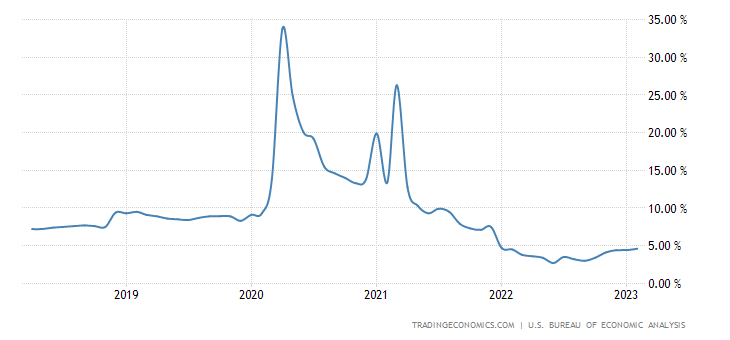
In contrast,China has maintained relatively loose fiscal and monetary policies but did not directly engage in "helicopter money."
China has maintained relatively loose fiscal and monetary policies, but it has not directly engaged in "helicopter money" distribution. Due to a later recovery after the pandemic and short-term demand that has yet to recover, as well as Chinese residents' consumption habits (preferring to save money and prevent future expenses), the savings rate for residents has been rising.
From these two pieces of data, it can be seen that Chinese residents' deposits are an important factor in supporting the recovery of the Chinese economy and even the global economy.
$A50 Index Main Connection 2304 (CNmain) $S&P 500 (. SPX) $S&P 500ETF (SPY) $$NASDAQ (. IXIC) $Nasdaq 100ETF (QQQ) $Dow Jones (. DJI) $$Dow Jones ETF (DIA) $$iShares 0-3 Month Treasury Bond ETF (SGOV) $
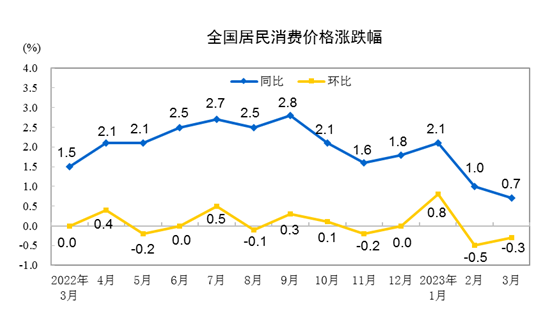
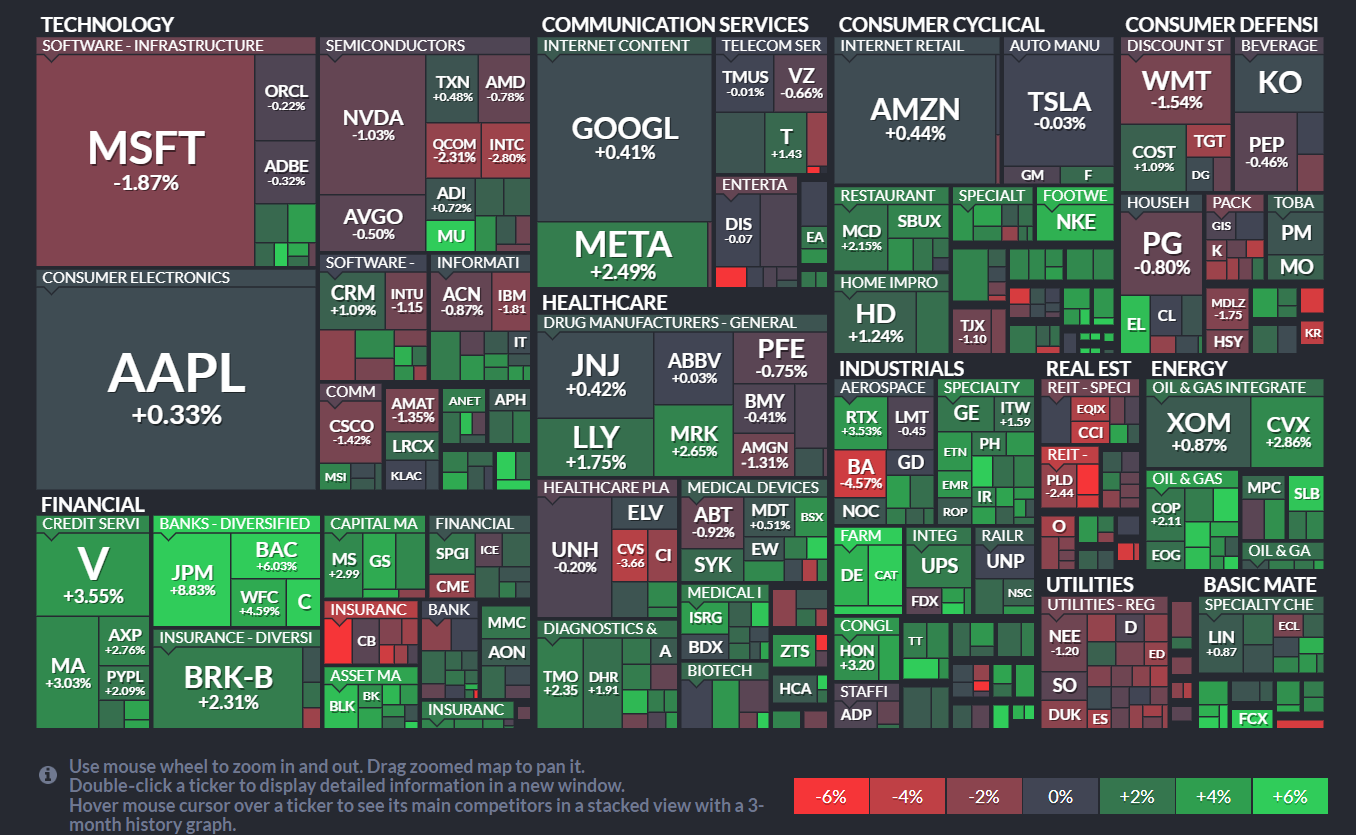
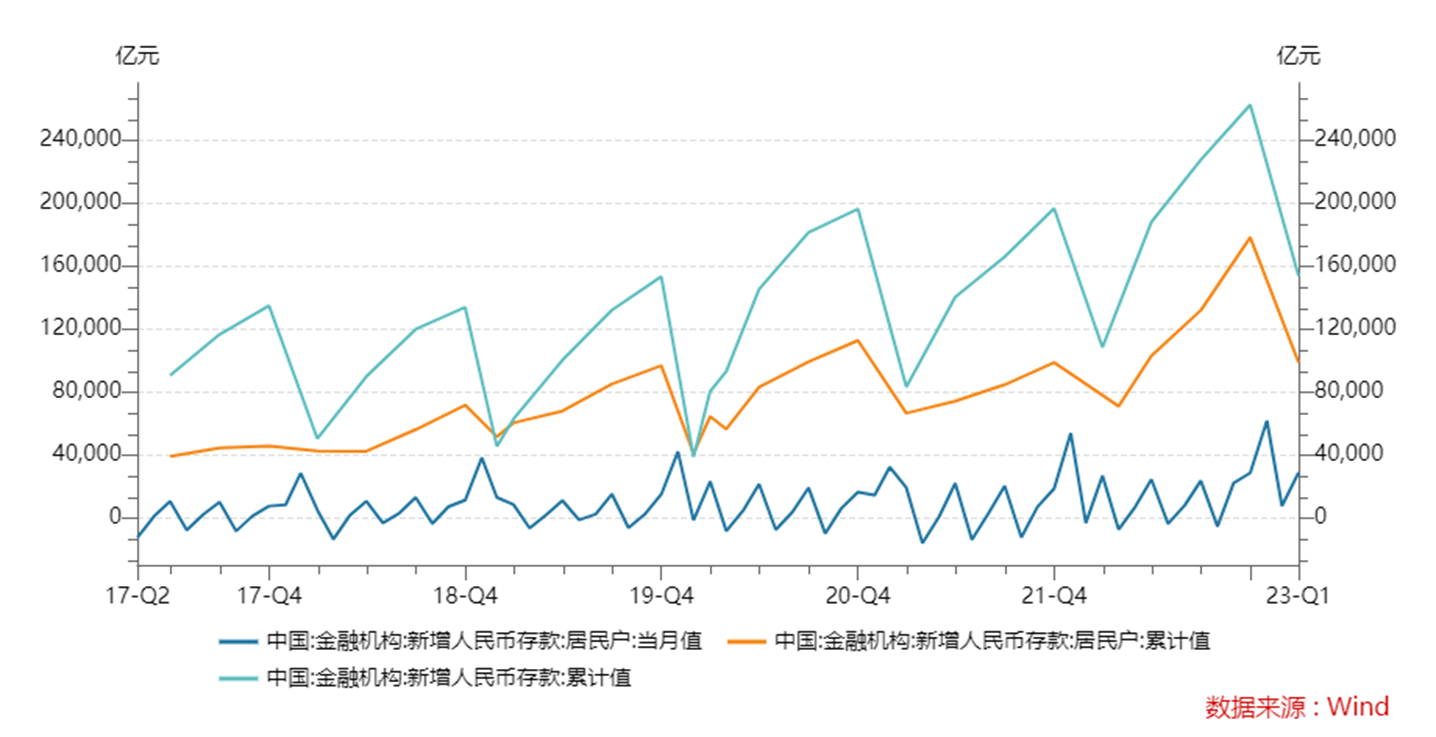
Comments